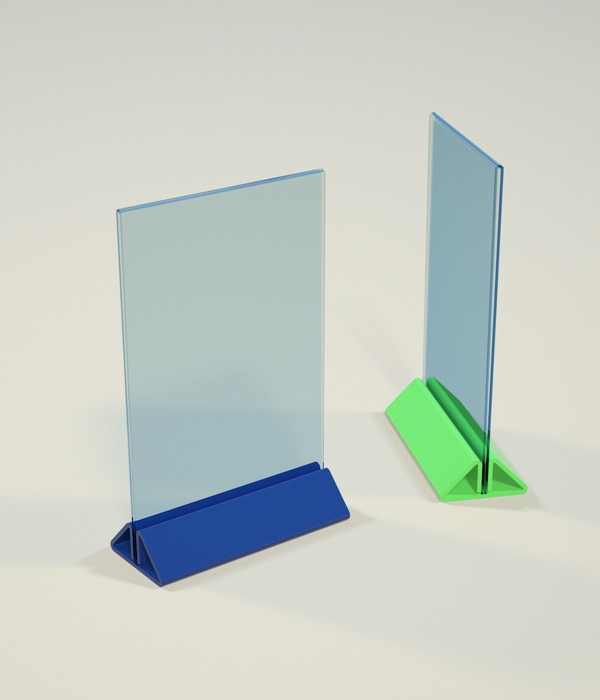Mica powder is a wonderful additive to printing, offering an ethereal quality that other pigments cannot. Utilizing mica in your prints can encourage experimentation with your art and expands creative expression.
Mica is a highly flexible material that splits into sheets along cutting planes. The sheets, referred to as dressed mica, are graded according to their size, transparency, and the absence of spots or staining.
History
The micas belong to a family of orthosilicates containing aluminium together with alkalis (such as sodium, potassium and lithium, and occasionally caesium and rubidium) fundamental hydrogen, in some forms of phlogopite biotite lepidomelane, chromium and magnesium and ferrous iron. The micas are usually transparent and colorless, however they can come in a range of colors that include green, yellow as well as black, brown and. They are often lustrous on their cleavages, however, they are not good conductors of electrical current.
A burin, a wedge tool with a sharp edge, is used by mica engravers to make transparent furrows on mica plate. This technique was adapted from goldsmithing. Two of the first masters, Martin Schongauer and Albrecht Durer, both had parents who were goldsmiths. In Italy engraving mica was a popular form of niello plaques, small engraved pieces of silver or gold that were filled with a dark material to darken the design.

These mica engravings were made by Ani Lenhart while she was being held by the Nazis at Theresienstadt concentration camp and ghetto. It was initially known as Terezin. She worked as a forced worker who split mica mined in that area.
Mica Art Techniques
Mica is an elastic mineral that is composed of silicates. Mica can be easily separated into thin plates that are flexible and thin. This is referred to as the perfect basal cut. Since the beginning of civilisation, artists have used mica to create artworks because of its uniqueness.
Mica is a great ingredient for various artistic projects, ranging from making glittery alcohol inks, or painting glass. Mica powder is a fantastic source of dye for alcohol-based homemade inks because it provides the most vibrant and brilliant color that can be used in many different ways.
Mica can also be utilized in epoxy resins to create metallic and pearlescent effects. It is a fun and easy way to add a little sparkle to your resin-based projects, like ink pens and orbs, river tables, and many more! For the best results mix mica with a little linseed before adding it to resin. This reduces the chances of inconsistent results and improves the precision of engraved designs. Mica is a great choice to perform a variety of glass techniques, like glass etching, printmaking.
Ancient Mica Use in Art
Mica, a material that shimmers in nature, provides an intriguing texture to paints and other media. Mica is especially beneficial in printing, since it allows artists to play with different styles. Traditional pigments can’t compare to this.
Mica is used for centuries in art, highlighting the lasting elegance of this dazzling material. From ancient Hindu painting to contemporary nail polish mica is found in a wide variety of artifacts from the world of culture.
In the past, Hindus believed mica crystals preserved lightning flashes. It was because of this that mica was chosen as the surface of mythological art. The glittering properties of mica made the lustrous mineral the ideal choice for portraying gods and celestial creatures.
In India mica is utilized to create “Company” paintings made for the European market in the 19th century. The paintings depicted Indian lifestyles and cultures unaffected by Western influences, providing a rare glimpse into the lives of common people in India at that time.
Traditional Mica Crafts
Mica has been a long-time favorite among printmakers, bringing the appearance of shimmering to their work. It’s a fantastic alternative to powders for pigments which appear matte when mixed with water or paint. Mica has a metallic look and comes in a wide range of colors. It is a great highlighter to bring attention to particular areas of the print or painting.
It is possible to melt mica and then form it into sheets for lamps, beads and other crafts that are decorative. Mica is molded for decorative purposes by heating it evenly for a few minutes before forming it on a cast or form. It can be cut using heavy shears or scroll saws, or using a bandsaw.
In home decor it is common to add mica to natural beeswax for gilding. This technique is perfect for highlighting intricate carvings and moldings in furniture refinishing.
Several companies involved in mica manufacture are now looking at responsible sources for mica. This includes a move towards an industry that is free from child labour. Many of these brands are promoting their mica-based gia cong quang cao products to customers to help in convincing customers to purchase products which are produced ethically.
Mica Sheet Etching
Mica sheets can be found in a variety of manufacturing processes that range from consumer goods to automobiles. Mica sheets are especially beneficial in window frames. They act as a barrier to dust, debris, and storms, all while allowing clear view.
The monoclinic flat structure of the mica crystal permits the mineral to be easily cleaved, resulting in transparent films. These films are both sturdy and flexible, yet robust and durable. The rigid mica sheets are usually available in 1.2m square or 2.4m rectangular sizes, and are able to be made in custom shapes. The sheets of rigid Mica are typically made of pure muscovite and Phlogopite. Both types have exceptional thermal and dielectric properties.
Freshly cleaved muscovite mica surfaces are exceptionally clear, even, and transparent clean, and free of fingerprints. They are thus ideal for high-resolution atomic force microscope studies, particle imaging, and cell development.
